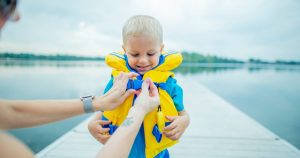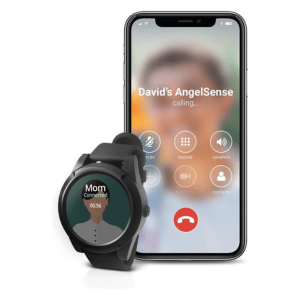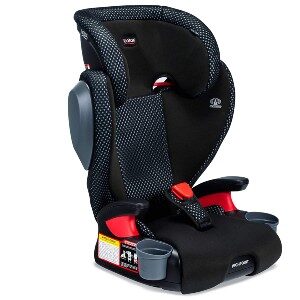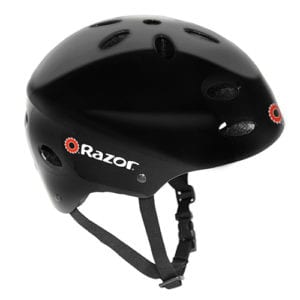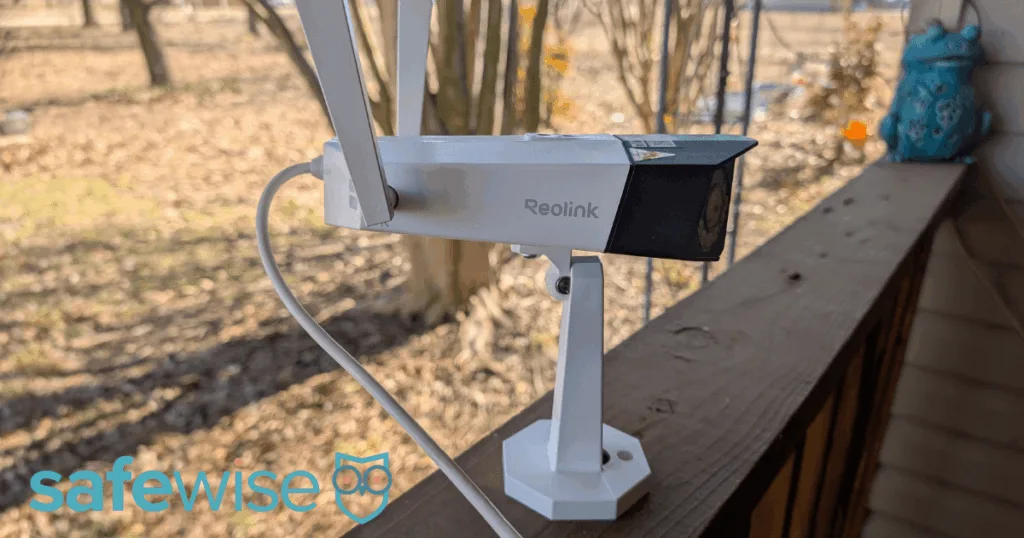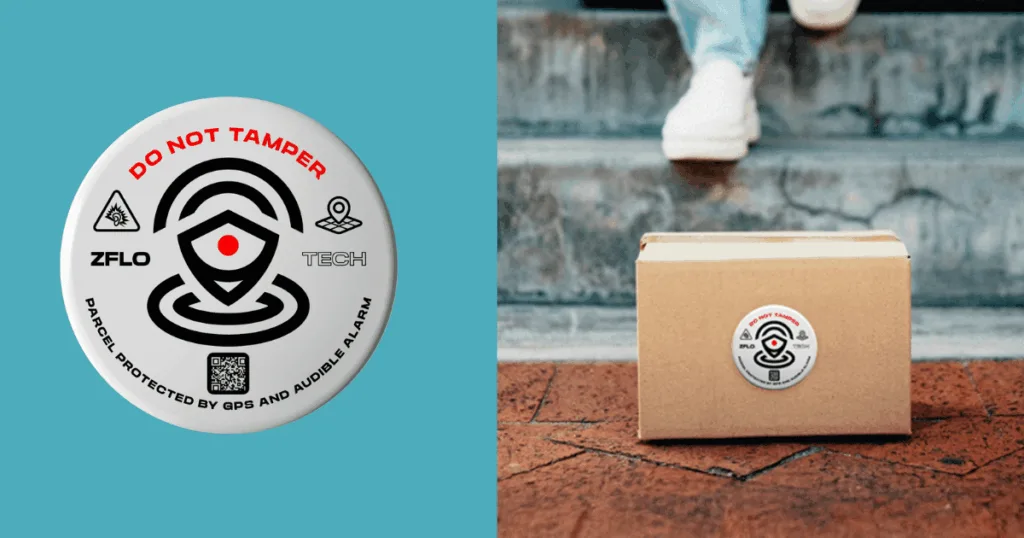Let's talk about keeping your children safe this summer when they're playing around water. The Centers for Disease Control and Prevention (CDC) reports that drowning is the leading cause of death among children aged 1–4 (excluding birth defects), and most of these tragedies happen in home swimming pools. Your safety role as a parent is crucial.
Setting some ground rules for your child, ensuring that they never swim alone or unsupervised, and bringing the right gear to the beach are all great ways to enforce water safety for kids.
Here are some more ground rules for improving your kids’ pool safety.
